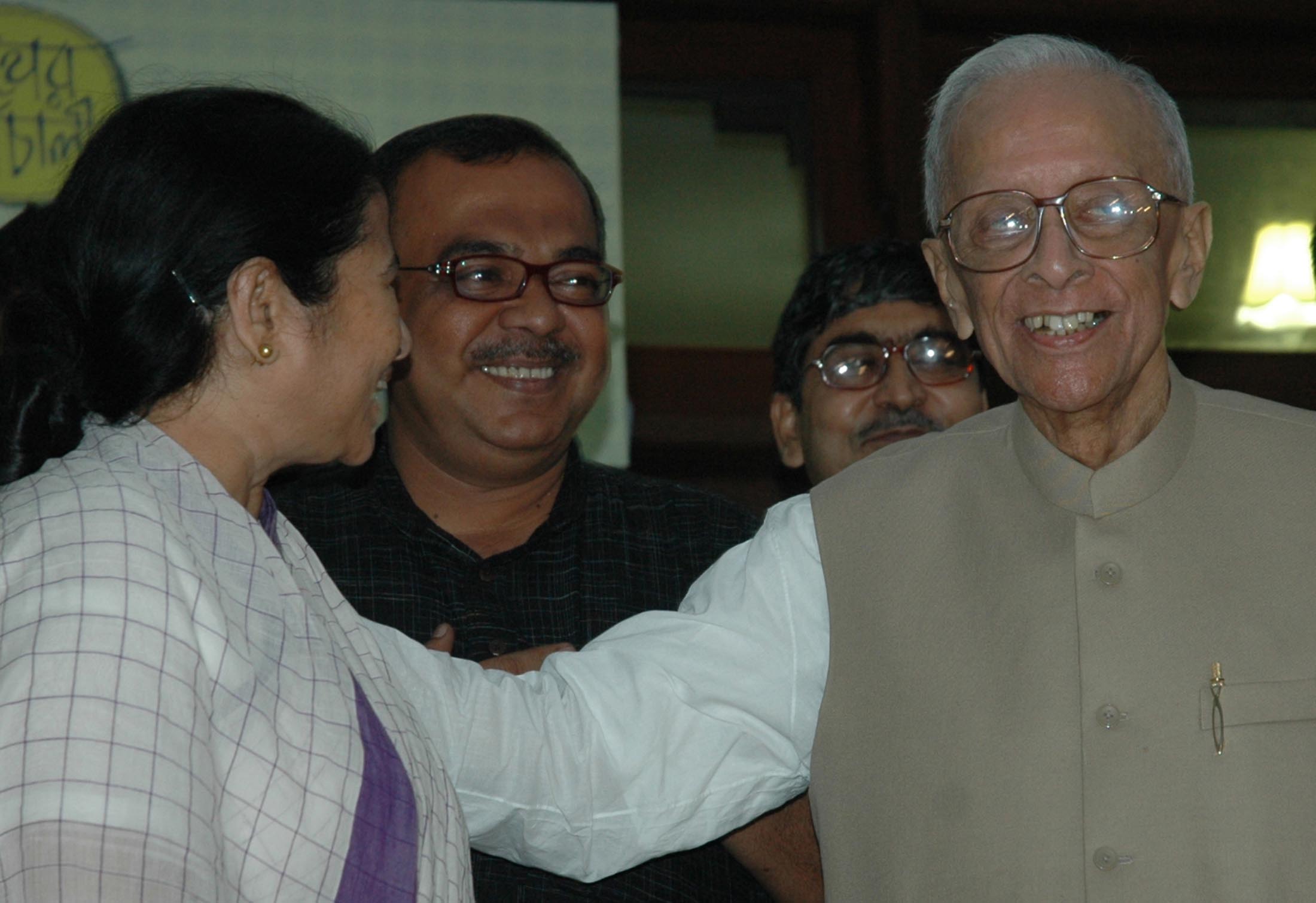So Called "Mamata Magic" Cannot Erase Left Front Record in West Bengal
HARIHAR BHATTACHARRYA

Since the loss of state governmental power to the TMC-Congress alliance in 2011, the Left Front—in particular the CPI(M)—in West Bengal has been incessantly accused of having ruined the state. It is most often said that the Left Front in government has—as if—put the state a few decades backward in terms of ‘development’.
To the victor the spoils, the ancient Romans used to say. In modern democracy, it may be said that the spoils of politics—the right to dump it all on the previous governments—goes to those victorious in elections. After a protracted Left rule, it is politically understandable that the benchmark of success of the new regime still fixates on the previous government—in other words, by claiming to be 'at least better than them'.
Such a peculiar symptom manifests frequently through an inability to fairly assess a political regime on its merits as well as its demerits, resorting to the benefit of hindsight for convenient narratives.
A recently published article (Sanjeev Mukherjee's “Mamata Magic and the Masses in the Age of Populist Democracy”, The Wire 10 July 2017) goes one step further to nearly deify the so-called 'Mamata Magic’. It is important that the facts are stated about what happened during the period of the Left regime.
It is often claimed the leadership of the Left—comprising mainly of the Bengali bhadralok—has been singularly responsible for the plight of the people, especially the poor, in West Bengal. While such a claim is not without its legitimate problems, this overly simplistic notion conveniently fits the banal narrative of how the Left bhadralok ruined Bengal and how the 'Trinamool bhadralok'(so to speak) are restoring it.
Those more familiar with the social history of Bengal will know that the bhadralok, comprising the three upper-most castes of Bengal—the Brahmin, the Baidya and the Kayastha—which arose in Bengal in the 19th century in a very specific set of circumstances, came to take over leadership of various brands of politics since the early twentieth century. One needs to place the role of such intellectuals in the proper perspective. Antonio Gramsci forewarned about such possibility long time back.
Since the 1970s, the left-leaning bhadralok in Bengal offered leadership to the mass upsurge against the brutal authoritarian state government (1972-77), for the restoration of democracy and for enduring political stability in this ‘difficult’ state, as well as for the introduction of political process in society long stalled by the then Congress government in the state.
West Bengal’s very successful land reforms and the introduction of panchayats (since 1978) were objectively rated by internationally and nationally renowned scholars as outstanding successes. The effects of these policies were felt in rural Bengal in the next three decades and the standard of living of the rural population improved significantly. Despite these policies being, for the rabid critics of the Left, very un-bhadra a job, they were a fait accompli.
The statistician Rajeev Malhotra (2014) has recently developed a composite index of measuring the overall public policy effectiveness index of the Indian States on the basis of a measurement of 10,000 population as a unit over decennial intervals. His analysis of this index in West Bengal demonstrates that until 1981, the public policy effectiveness in West Bengal remained lower than the national average, but having progressively improved from the national average since (as measured in 1991, 2001 and 2011).
The Tata Statistical Outline of India 2014-15 reveals that on poverty alleviation functions, West Bengal also progressed from 39.4% of people below the poverty line in 1993-94 to 19.9% in 2011-12 compared to the national average of 21.9% in 2011-12. Furthermore, data from Economic Surveys indicate that West Bengal grew at higher rates in 2009-10 than states like Tamil Nadu and Maharashtra. These statistics shed crucial light on the much-too-blamed Left regime in West Bengal.
The UNDP prepared a new human development index called Inequality-adjusted Human Development Index (IHDI) which was designed to unmask inequalities in the conventional measurement of human development. On a comparative assessment of performance of nineteen states in India for 2010, the UNDP found that Gujarat, Maharashtra, Andhra Pradesh and West Bengal respectively outranked the national average. But when the same was adjusted for inequality through IHDI, West Bengal moved up the ranks, following Maharashtra and Gujarat. The reason why West Bengal moved up in the IHDI ranking, according to UNDP, was because it performed better in ‘equality functions’.
However, before the Left Front lost to the TMC-Congress alliance in 2011, West Bengal performed worse especially in the last two decades immediately preceding in matters of law and order. Rajeev Malhotra’s statistical Rule of Law Index (ROLI), which factors in variables like police-to-population ratio, rate of cognizable crime, crimes against women, rates of disposal of cases, etc., has illustrated this well. West Bengal’s index for law and order kept decreasing from 1991 to 2011.
While India’s advanced states today have worse performance records (Andhra Pradesh and Gujarat also declined in the period from 2001 to 2011), it remains a matter for further inquiry how a higher rate of growth and human development can coincide with lower rate of performance in law and order.
But the salient point that this article hopes to make is that a wholesale dismissal of the Left Front government’s record in governance (especially in human development) in West Bengal by giving in to the frenzy of 'Mamata Magic' is no fruitful way to understand its political situation.
(Dr Harihar Bhattacharyya, PhD LSE, is Professor of Political Science, University of Burdwan)



